Pioneering writers and excellent journalists Vo Nguyen Giap
In the general flow of Vietnam's revolutionary journalism, Quang Binh journalism has made a strong impression with worthy contributions; it is the cradle that gave birth to and nurtured many famous and pioneering journalists, such as: General Vo Nguyen Giap - an excellent student of President Ho Chi Minh; journalists-martyrs Bui Dinh Tuy, Nguyen Thi Thanh Xuan; Major General Phan Khac Hai, former Deputy Minister of Culture and Information, Editor-in-Chief of the People's Army Newspaper; former Deputy Minister of Information and Communications Do Quy Doan...
As someone who has been associated with the Vietnam Press Museum since its inception, journalist Tran Thi Kim Hoa, permanent advisor and former Director of the Museum, shared: The deepest impression of Quang Binh journalism is the image of an outstanding son of Quang Binh, often mentioned as a culturalist, military man, historian, but he is also an excellent journalist: General Vo Nguyen Giap with a illustrious journalism career. Right from his time studying at Quoc Hoc Hue, he had his first article with a writing style that was highly appreciated. After that, he continued to teach, do revolutionary activities and work as a journalist.
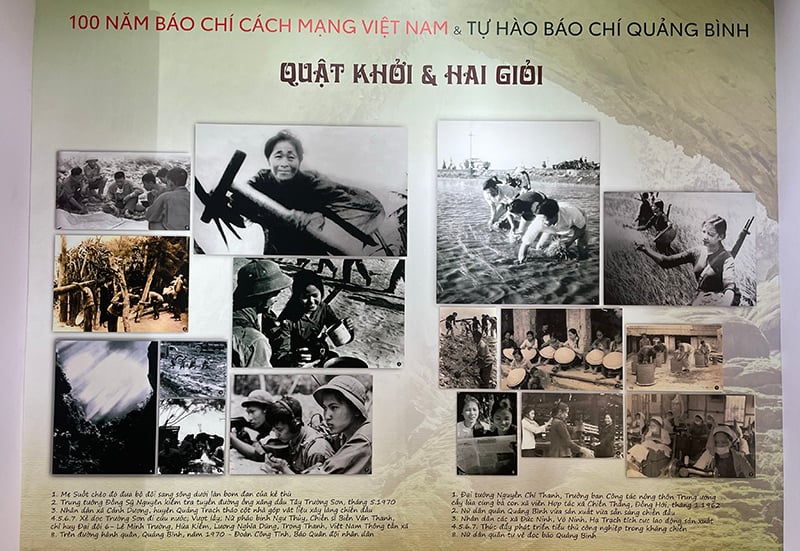 |
In 1936-1937, when the democratic movement prevailed in France, the revolutionary press in our country began to operate openly. Vo Nguyen Giap was one of the people assigned by the Northern Regional Party Committee to publish two French newspapers, Le Travail (Labor) and Rassemblement (Assembly), to directly fight the authorities and provide more information, and gain support from patriotic Vietnamese intellectuals and progressive French people for the revolutionary cause. Once, he cycled 200km from Hanoi to Quang Ninh to write reports and notes about the uprising and strike of miners in the Cam Pha coal region.
Those articles attracted public attention both domestically and in France, creating support for the miners' struggle. Fortunately, with the help of the French National Library and the French National Archives, in 2023-2024, the Vietnam Press Museum collected documents related to the press activities of General Vo Nguyen Giap, especially the French newspapers that he organized and directed to publish.
He was also the President of the Northern Journalists Association and one of the key players in implementing the Party's policy on establishing a national press organization.
In 1949, the Huynh Thuc Khang Journalism School was established, operating in the Viet Bac resistance base, gathering a team of elite, famous lecturers, such as: Xuan Thuy, Truong Chinh, Vo Nguyen Giap, the leading artists of the Democratic Republic of Vietnam at that time. They built a very complete and effective curriculum system for teaching journalism. General Vo Nguyen Giap contributed with a practical and meaningful topic on how to write a newspaper when reporting on the war.
During his revolutionary activities, General Vo Nguyen Giap rarely left journalism. In 1991, he was awarded the Medal for the Cause of Vietnamese Journalism by the Vietnam Journalists Association. He once shared: “Journalism is an exciting art. Later, when I moved to military work, I found that working on a newspaper issue was like organizing a coordinated battle”. “Journalism is a mentally exhausting and arduous profession, but journalists are duly compensated with the joy of seeing the newspaper’s effectiveness and efficiency among a large number of readers”.
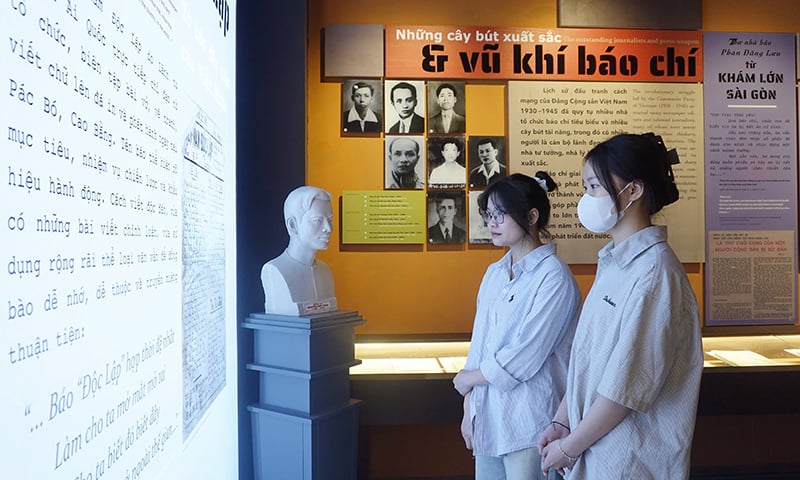 |
“Quang Binh Corner” in the journey of revolutionary journalism
There is a very proud “small corner” of Quang Binh preserved and preserved at the Vietnam Press Museum, including artifacts and documents outlining the development journey of the province’s press, especially during the years of resistance against the US, the period of re-establishment of the province and modern life. Originating from the Bright Path newspaper, born in Dong Hoi prison in late 1930, through many ups and downs of history, Quang Binh revolutionary press has always been a pioneering force, truthfully reflecting the lives of the people and the changes of the homeland.
Among the 73 artifacts and documents kept at the museum, there are souvenirs that have accompanied journalists through many rhythms of life and major events of the province. That is the notebook of the late journalist Nguyen Van Dinh, former Deputy Editor-in-Chief of Quang Binh Newspaper; the camera that was attached to the late journalist Cao Viet Thanh during the years of liberation, especially when the late General Secretary Le Duan visited and worked in Quang Binh in 1973; the camera and tape recorder used by the late journalist Phi Mai during the period after the province was re-established, recording the emotional moments when General Vo Nguyen Giap returned to visit his hometown at the end of March 1992...
| On July 28, 2017, the Prime Minister signed a Decision to establish the Vietnam Press Museum. On June 19, 2020, the Vietnam Press Museum (located at the Vietnam Journalists Association Building, Hanoi) inaugurated its permanent exhibition system and officially opened to visitors. The museum currently preserves and maintains more than 35,000 artifacts and documents on the history and development of the Vietnamese press. |
The museum also preserves documents and artifacts collected and donated by collaborator Nguyen Tien Nen. Among them, a loudspeaker with microphone is closely associated with the grassroots communication activities in Trung Vu village, Canh Duong commune (Quang Trach), directly bringing policies, guidelines, and laws to the people, becoming a bright spot in the movement to build a grassroots cultural life.
Journalist Tran Thi Kim Hoa affirmed that local press, with its long history, plays an important role in helping us fully and completely visualize the revolutionary press in the early stages, especially the periods of fighting for national independence and freedom as well as the period of renovation. The artifacts and documents preserved at the museum have "told" us about a revolutionary, resilient, and constantly innovating Quang Binh "Hai gioi". And Quang Binh press is not only the story of writers, but also the story of newspaper readers, the public who always respect and trust the press and become companions, the extended arms of journalists. This has created an interesting and "multi-colored" feature for the story of Quang Binh press at the Vietnam Press Museum.
Huong Le
Source: https://baoquangbinh.vn/chinh-tri/202506/dau-an-quang-binh-tai-bao-tang-bao-chi-viet-nam-2227032/














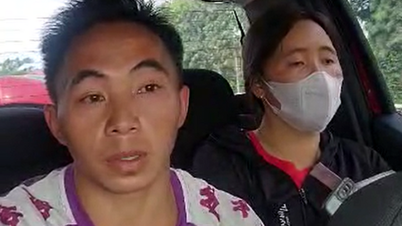


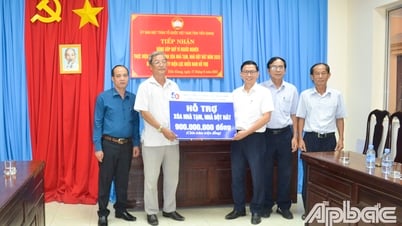





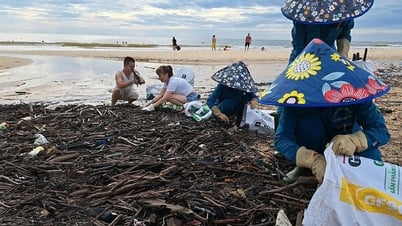




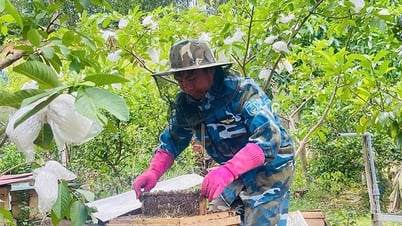



























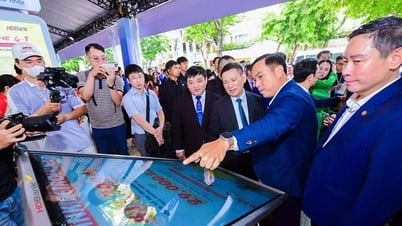


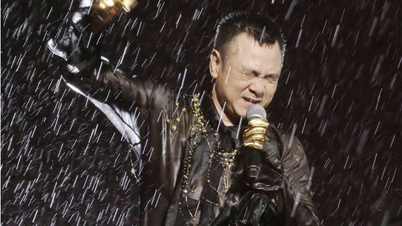






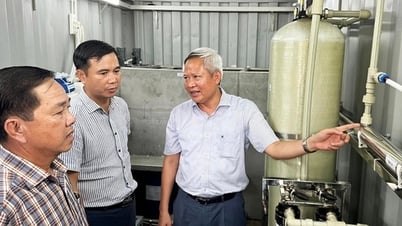




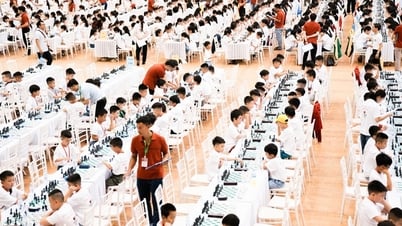




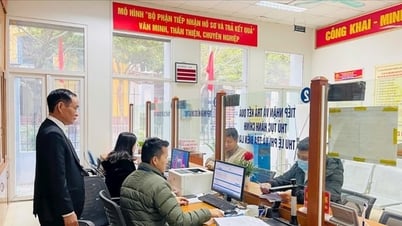



















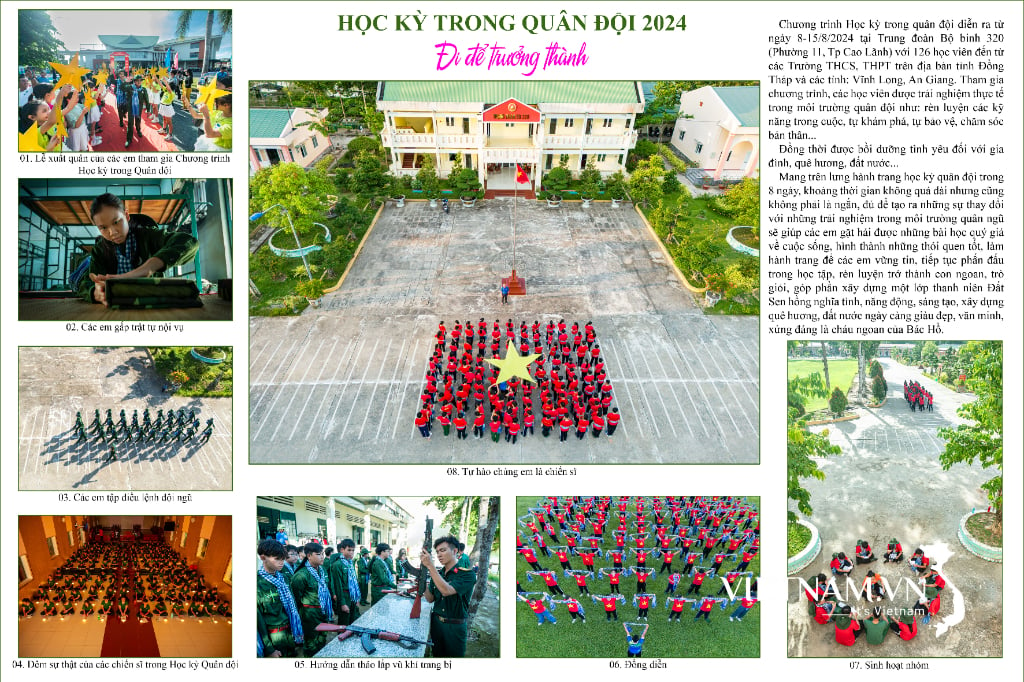
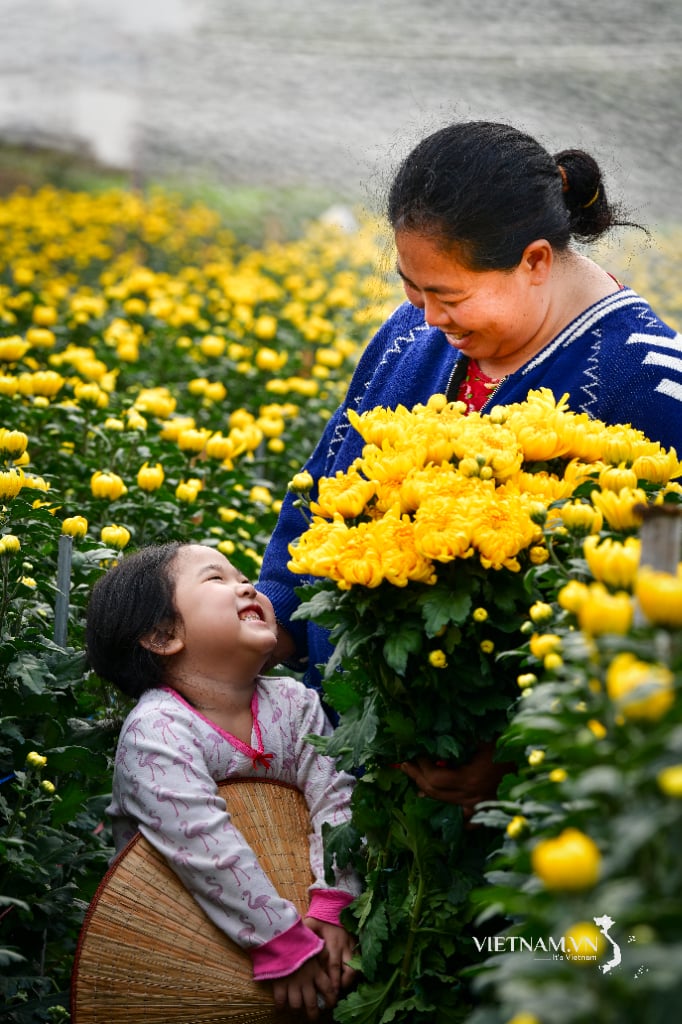
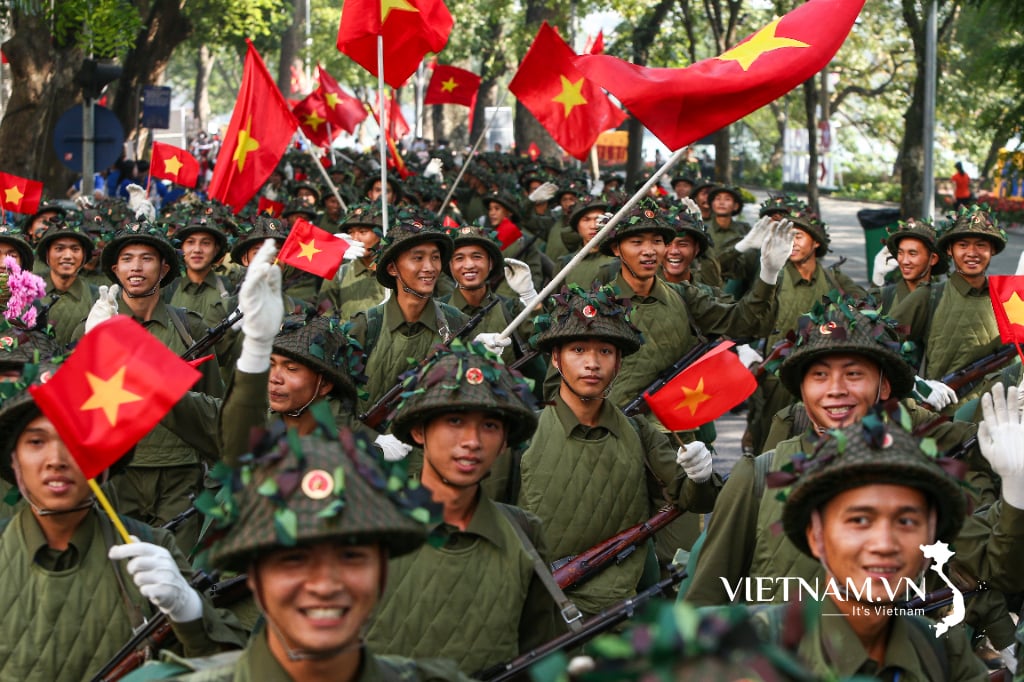

Comment (0)